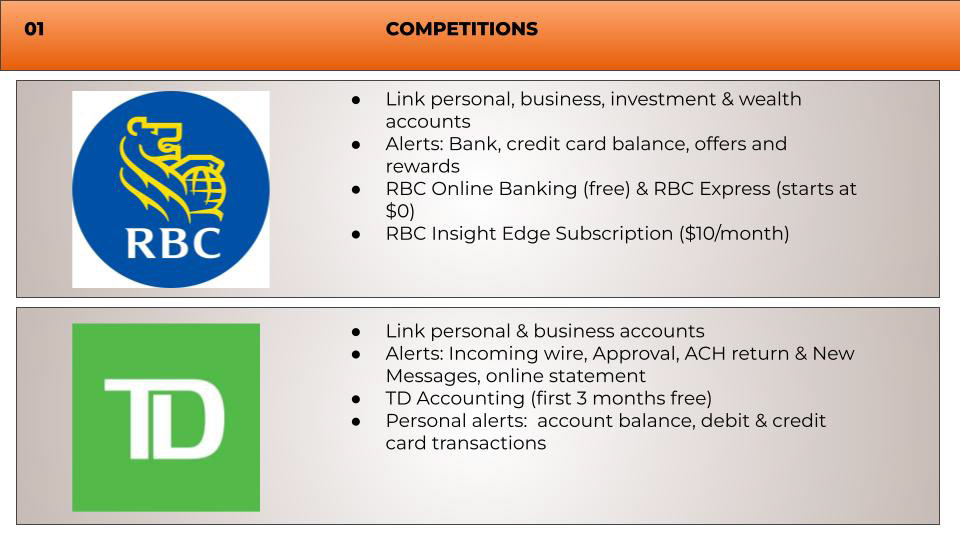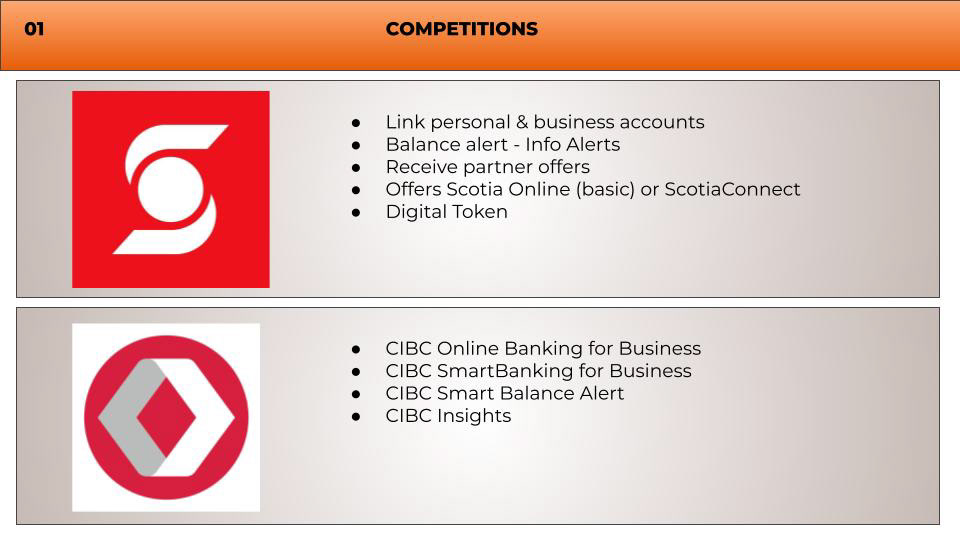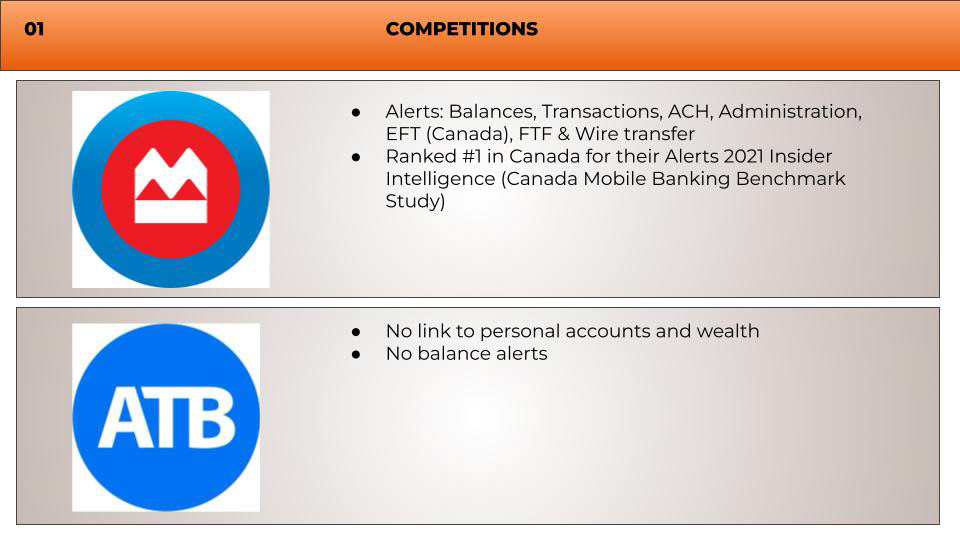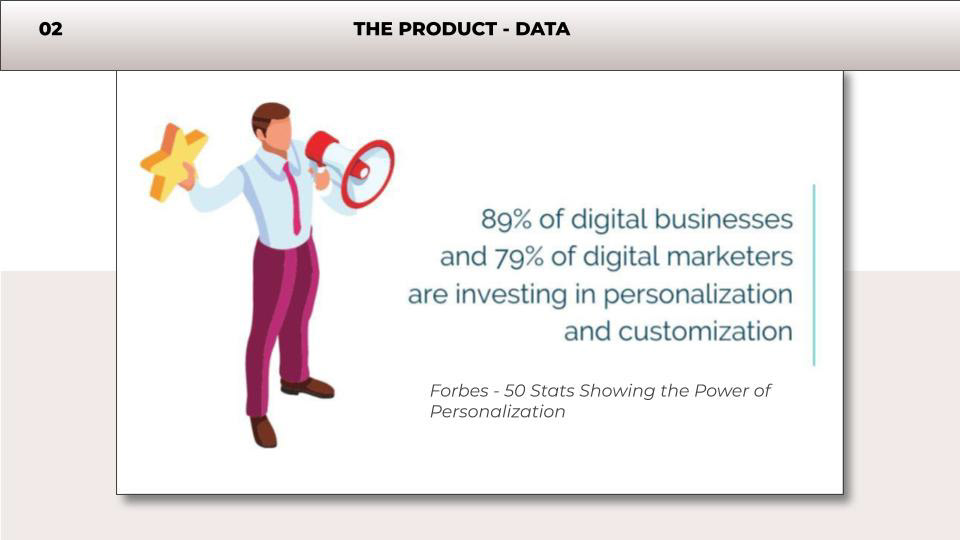After eight years in personal and business financing, I realized the urge to delve deeper into client issues beyond loan processing. Seeking growth opportunities, I explored various departments, craving to unleash my creativity and problem-solving skills. Shadowing a UX designer, I stumbled upon the idea of becoming a product manager. Though my initial attempt didn't pan out, it ignited a determination to pursue product management seriously.
Leveraging the Value Proposition Canvas enabled me to diligently prioritize understanding customers' pain points, subsequently facilitating the development of products or services tailored to effectively address their needs.
Utilizing the Business Model Canvas empowered me to methodically articulate, refine, innovate, and adapt my business model, thereby enabling me to succinctly communicate a coherent narrative of my business's framework and value proposition.
By meticulously analyzing existing data and conducting thorough research, I was able to conduct comprehensive competitive analyses and provide compelling supporting information elucidating the necessity of my product.






Through thorough analysis of the available data, I have formulated a precise problem statement aimed at pinpointing the primary issue to be systematically studied within the system.
Formulating hypotheses has been instrumental in maintaining focus on the intended outcomes of my product. Leveraging available data, these hypotheses serve as guideposts, aiding in the validation of predictions regarding the product's trajectory and ultimate achievements.
The vision for my product has been pivotal in shaping the trajectory of my project, serving as a guiding light for the roadmap and influencing every decision made throughout the development process.
Aligning key opportunities with the organization's strategy provides a clear direction, prioritizes understanding of customer needs and preferences, and maximizes resource allocation by targeting areas with the highest potential impact and return on investment. Moreover, it facilitates risk mitigation, fosters innovation and product differentiation, and establishes clear, measurable benchmarks for success.
The MVP (Minimum Viable Product) is a pivotal strategy in product development that aligns well with the principles of lean methodology. By focusing on core functionalities and real-world testing, it reduces risks, costs, and time to market while ensuring that the product development process remains customer-centric and adaptable. This approach not only maximizes the chances of product success but also helps in building a sustainable and scalable business model.
The project's success will be measured by several key results, including the number of app downloads, the percentage of active users engaging with the new platform, user ratings and feedback, and the churn rate of users who stop using the platform after downloading it. These Key Results are essential in product development as they provide a clear, measurable, and actionable framework for achieving strategic objectives.
I developed my prototype using Figma, incorporating features based on the proposed MVP. Key additions include a "Welcome Page" to enhance user experience, balance alerts at client-requested thresholds, and a viewing feature for personal accounts under a business login. The prototype also includes business and personal banking tools and forms. Initially, these features will be available for free. Subscription fees will be introduced with the rollout of additional features, such as an inbox, payment reminders, loan renewals, and fund transfers between personal and business accounts.
My first take on product management taught me the intricate process of how a product gets developed. I learned that creating a product or service, whether for internal or external use within an organization, requires meticulous alignment of all elements. This experience highlighted the importance of strategic planning, user-centric design, and continuous feedback. By ensuring every component is in sync, from initial concept to final implementation, a successful and impactful product can emerge, truly meeting the needs and expectations of its users.

